How To Prune A Christmas Tree Into The Perfect Shape
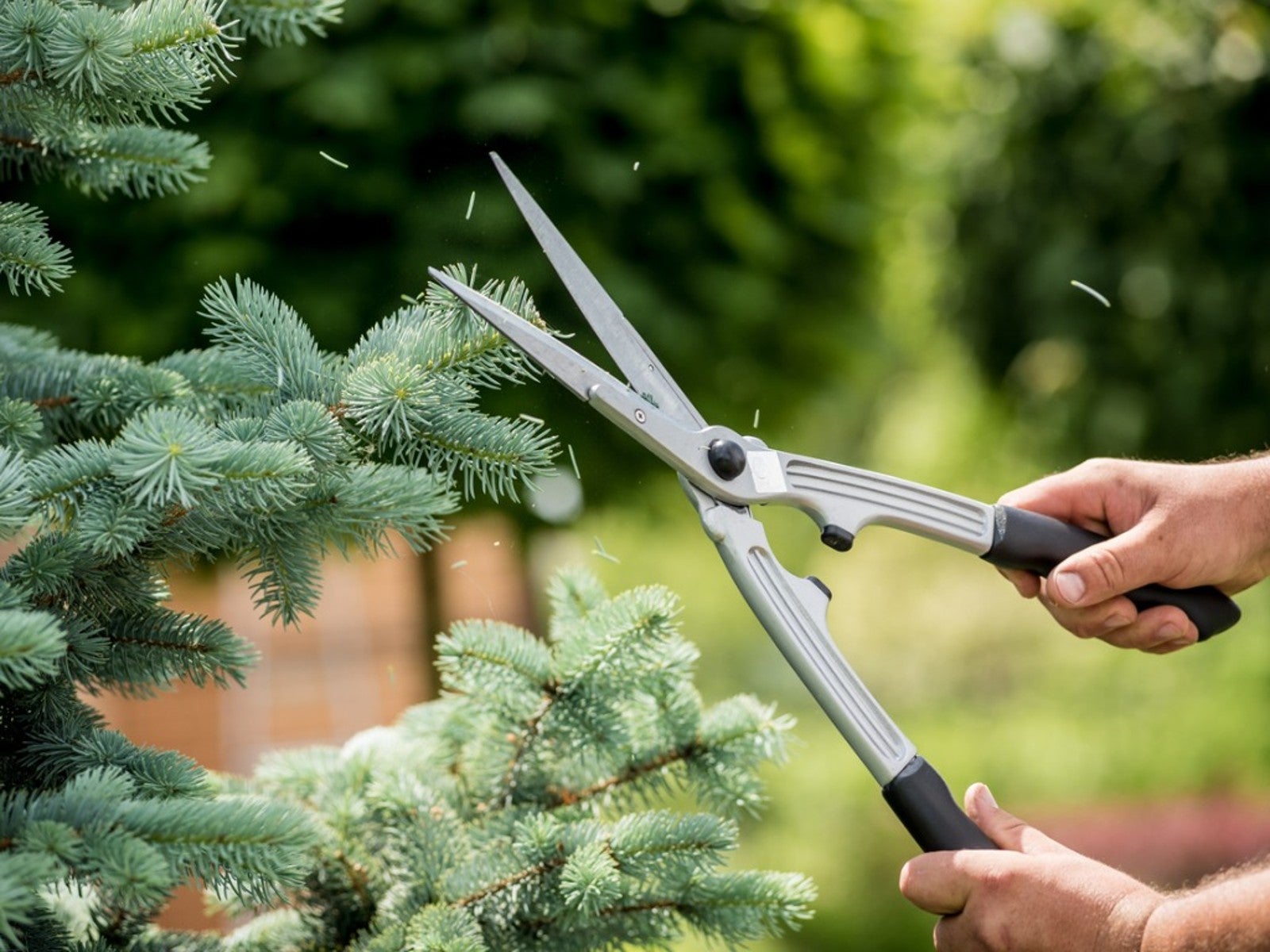

For many reasons, the cost of a real Christmas tree has been rising in recent years. It's only natural for gardeners to consider growing their own tree. Beyond the six to eight year commitment it takes to produce a usable-sized tree, properly shaping Christmas tree prospects will produce trees worthy of displaying in your home.
The Importance of Christmas Tree Shaping
If you've ever purchased a real Christmas tree and became disappointed when you got it home, you're not alone. From huge bare spots to oversized trunks that don't fit in the tree stand, a multitude of problems that didn't seem apparent at the sale lot can become glaringly obvious in the living room.
As the industry evolved, commercial Christmas tree growers have developed techniques to reduce or eliminate these problems. Learning how to shear a Christmas tree is not difficult and the benefits are well worth the effort:
- Straightness – Proper pruning helps produce a straight tree with a terminal leader that has the strength to hold an angel, star, or other tree topper.
- Symmetry – Shearing helps create a tree with a balanced form.
- Compact foliage – Shaping controls the width between the branches and helps eliminate bare spots.
- Taper – Overall, trees with a 60 to 70 percent taper are considered the most visually pleasing. If you require a slimmer tree or prefer a wider one, shaping can do that too.
How to Shape a Christmas Tree
For the first few years after planting, corrective trimming during the dormant season is all that Christmas trees require. Double leaders are removed, and deformities corrected. Excessive lateral growth is pruned, and the lowest branches can be removed to create a handle. (The handle is the base of the trunk which goes in the tree stand.)
Tree shaping usually begins during the tree's third year. The type of tree and the active growing season will determine when the tree should be shaped. As a general rule of thumb, the ideal time to prune, shear, and shape is when the shoots stop elongating, but before the branches harden.
To determine when this happens, observe the tree when the buds break in the spring. As the shoot elongates or grows, new needles will emerge along its length. Once the shoot stops elongating, it will set buds for the next growing season.
It's important to note that buds only develop on the area of the branch that has needles. Thus, never cut or prune a branch past the point of needles if you wish for that branch to produce buds.
Gardening tips, videos, info and more delivered right to your inbox!
Sign up for the Gardening Know How newsletter today and receive a free copy of our e-book "How to Grow Delicious Tomatoes".
Pruning the Terminal Leader
The distance between the whorls (rings of branches) determines how full the finished Christmas tree will look. The distance between whorls is also one year's growth. By annually trimming the terminal leader, growers can control the distance between the whorls.
To prune the terminal leader, cut it at a 45 degree angle about 8 to 12 inches (20-31 cm.) from the top whorl. Make the cut about 1 inch (2.5 cm.) above a healthy bud. Keep this healthy bud but remove the other buds down to about 3 inches (8 cm.) from the top whorl.
Next, trim the lateral branches of the top whorl. These should be cut so they are not longer than the leader. The recommended length ranges from two-thirds to the full length of the leader. This step will prevent a lateral branch from taking over as the leader.
Basal Pruning Christmas Trees
Basal pruning consists of removing all the branches from the ground up to a full whorl or set of branches. This helps create the handle and encourages the tree to put energy into increasing the density of the remaining branches. This process should be completed at least two years before the tree is harvested.
Shearing Christmas Trees
Much like trimming shrubs to maintain a specific shape, trimming the lateral branches of Christmas trees can increase the density of the branches and create the desired taper. Depending on the species, this last step of the shaping process usually starts when the tree is between 3 and 5 feet (1-1.5 m.) tall and continues annually until the tree is harvested.

Laura Miller has been gardening all her life. Holding a degree in Biology, Nutrition, and Agriculture, Laura's area of expertise is vegetables, herbs, and all things edible. She lives in Ohio.
-
 Looking For Plants To Give You The Soft And Fuzzies? Try These 5 Fuzzy Leaf Plant Options
Looking For Plants To Give You The Soft And Fuzzies? Try These 5 Fuzzy Leaf Plant OptionsLovers of texture, drama, silver foliage and tactile plants will adore these special sensory garden additions. These fuzzy leaf plant options will leave you all aglow
By Susan Albert
-
 Get Ready For A Summer Of Hummers! Grow These Full Sun Hummingbird Plants and Flowers
Get Ready For A Summer Of Hummers! Grow These Full Sun Hummingbird Plants and FlowersIf you’re lucky enough to enjoy a sunny backyard, make sure you are maxing out on your pollinator opportunities and grow these full sun hummingbird plants and flowers
By Tonya Barnett
-
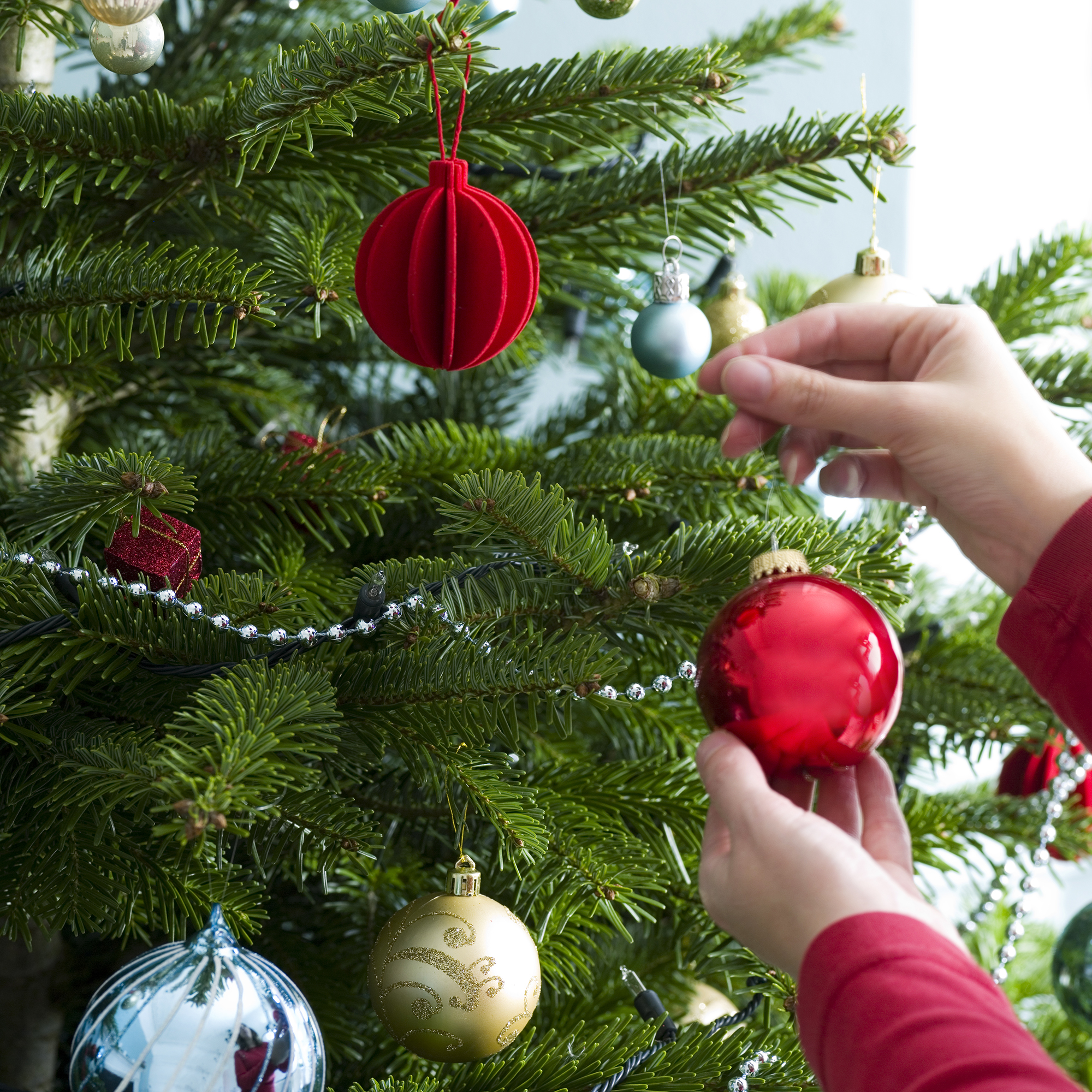 6 Real Christmas Tree Problems To Watch Out For – And How To Fix Them Fast
6 Real Christmas Tree Problems To Watch Out For – And How To Fix Them FastGet back to enjoying the glory of your natural Christmas tree with our guide to troubleshooting common issues, from needle drop to watering woes.
By Bonnie L. Grant
-
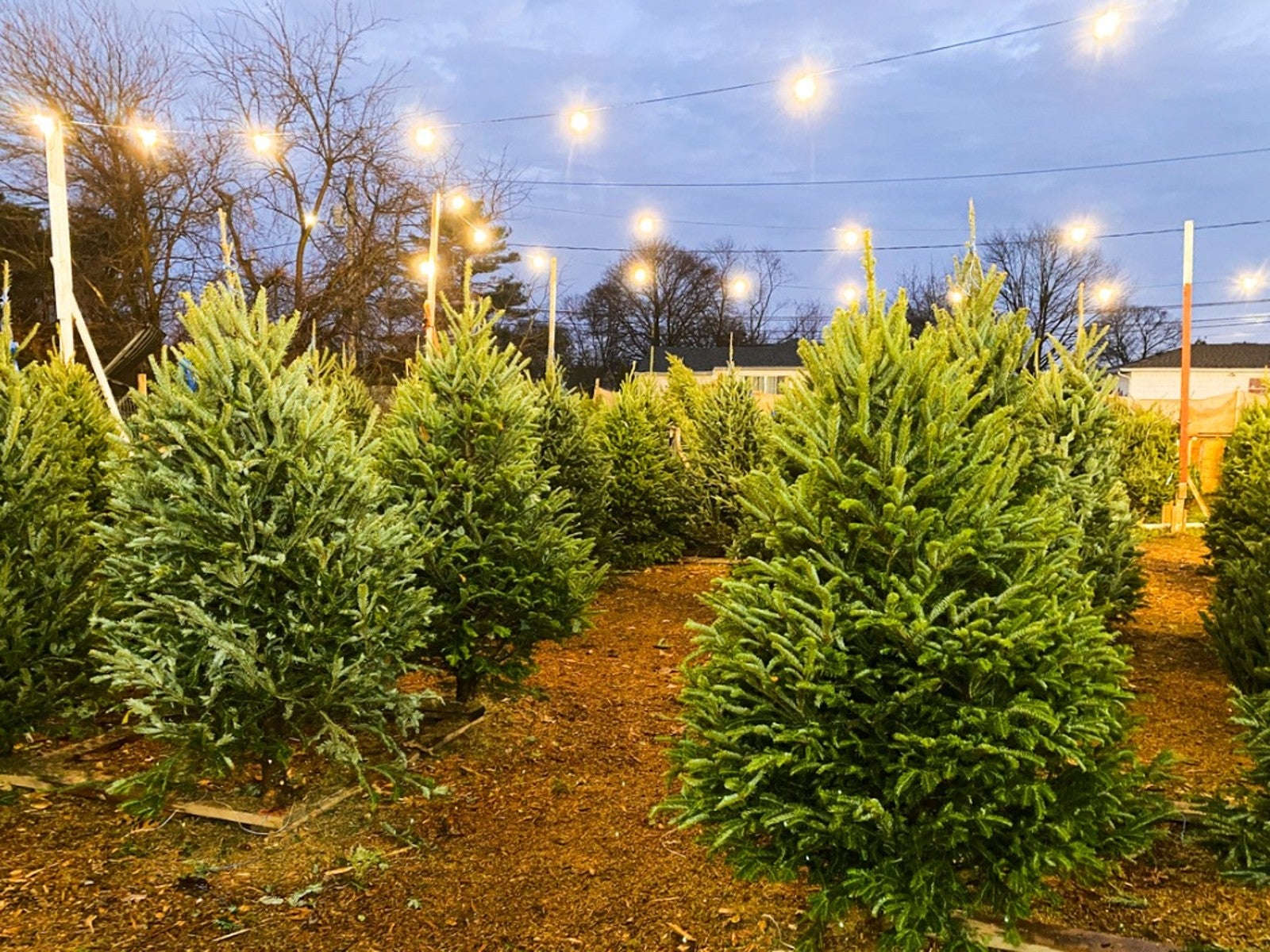 Choosing A Christmas Tree: Compare Varieties And Check For Freshness
Choosing A Christmas Tree: Compare Varieties And Check For FreshnessChristmas can be a time of joy and fellowship, but one question that some people struggle with is: What type of Christmas tree do I want?
By Teo Spengler
-
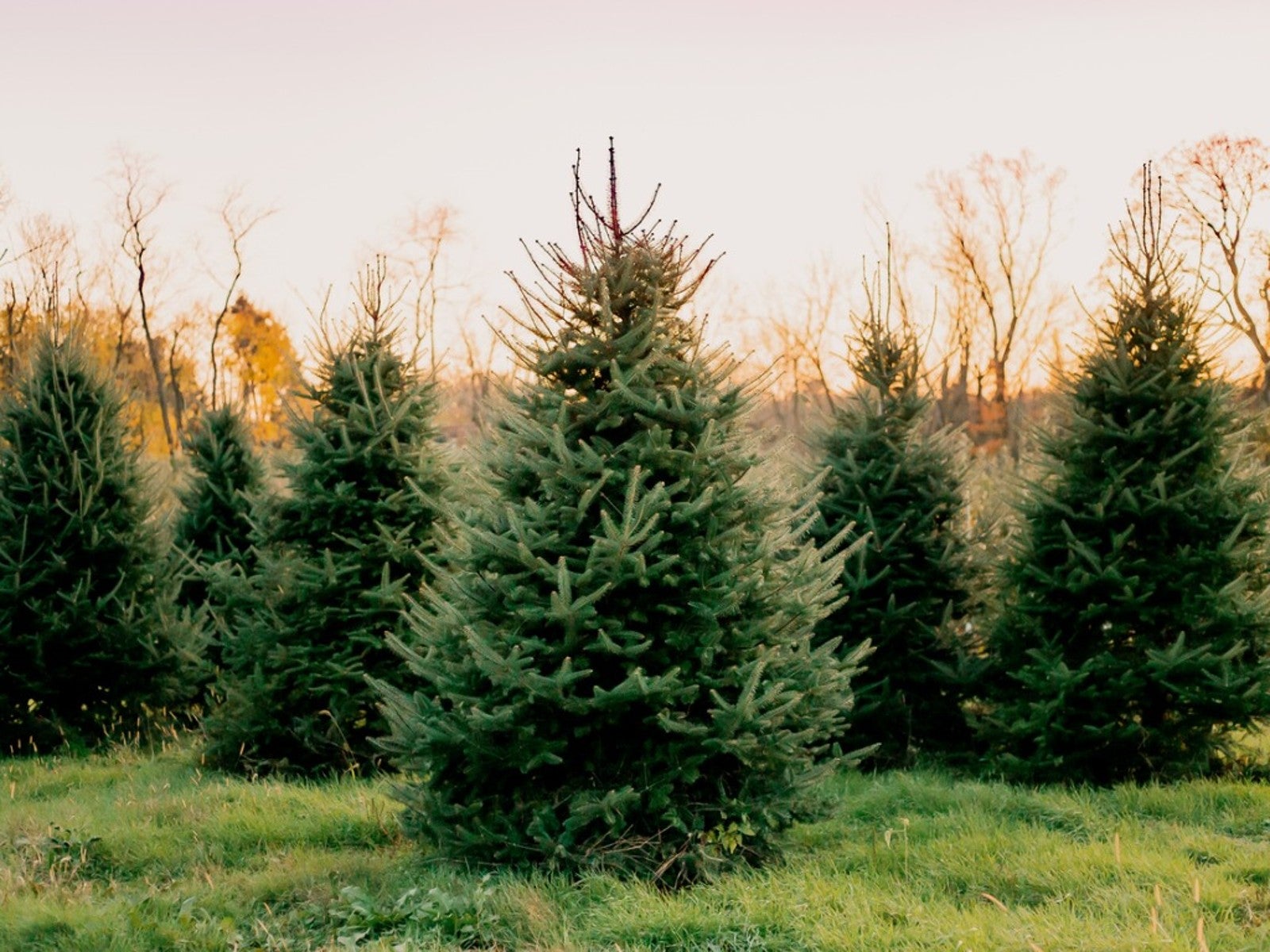 Grow A Christmas Tree At Home - Start From Seedling Or Plant A Living Tree
Grow A Christmas Tree At Home - Start From Seedling Or Plant A Living TreeIf you are looking for an unusual Christmas project, why not grow a Christmas tree at home? Read on for more info.
By Teo Spengler
-
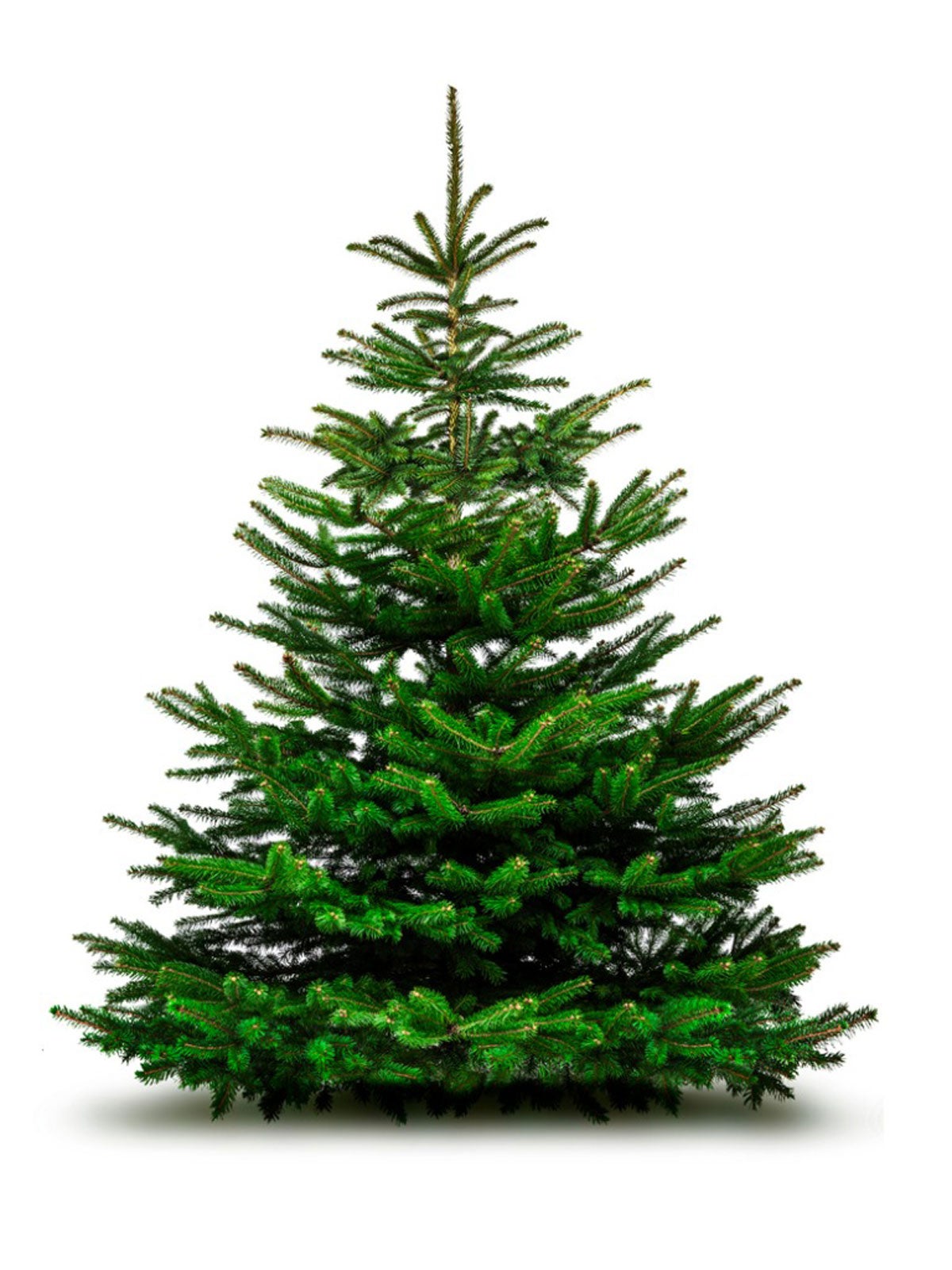 Christmas Tree Pests: What To Do About Bugs On A Christmas Tree
Christmas Tree Pests: What To Do About Bugs On A Christmas TreeBugs on a Christmas tree aren't bad, but taking some precautions can prevent them from sharing your holiday. Learn more here.
By Teo Spengler
-
 Christmas Tree Allergen Info: Am I Allergic To My Christmas Tree
Christmas Tree Allergen Info: Am I Allergic To My Christmas TreeHave you ever wondered during the holiday season if you could be allergic to your Christmas tree? Click here for allergen information.
By Teo Spengler
-
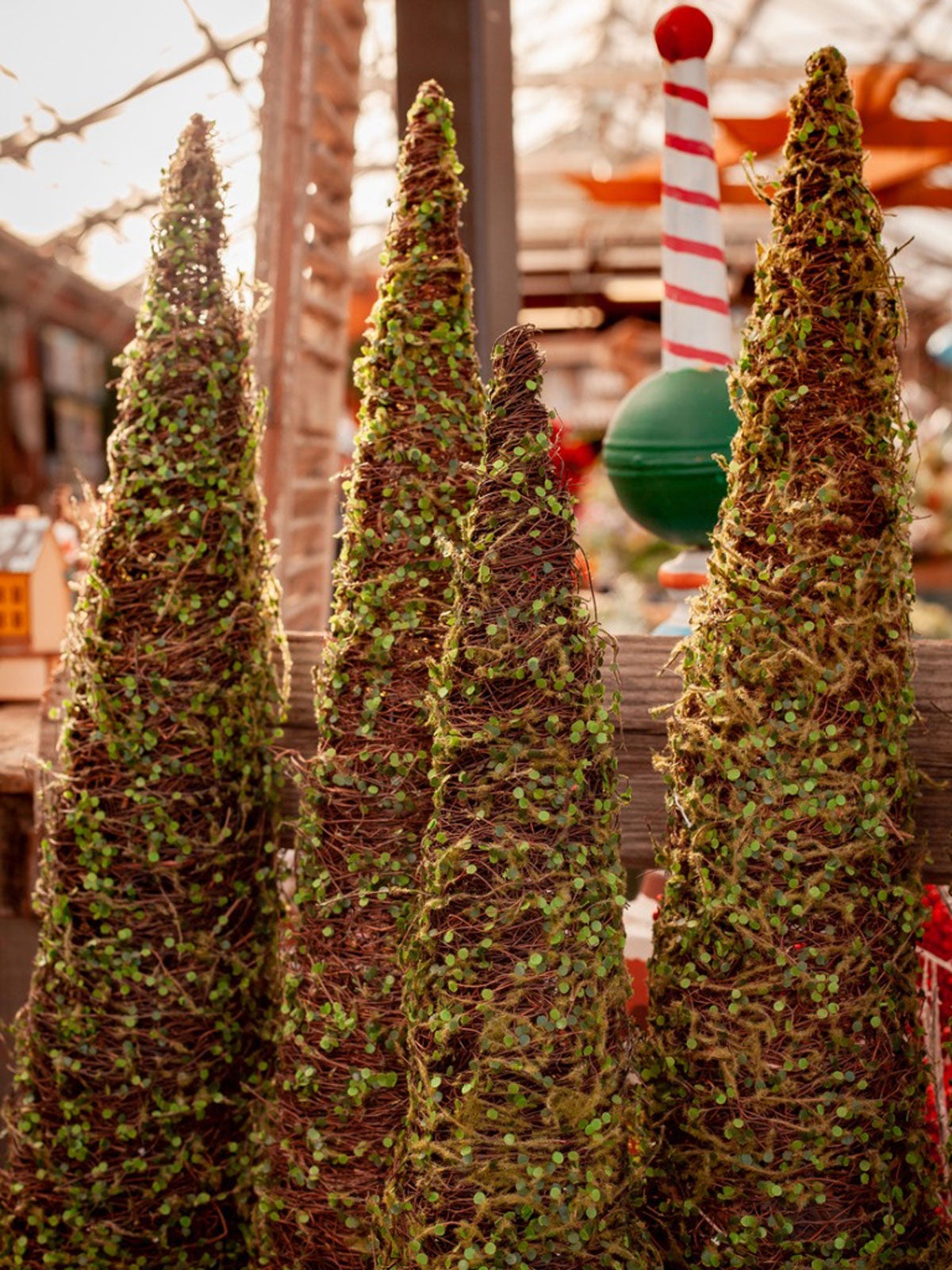 Christmas Topiary Ideas: Best Plants For Christmas Topiaries
Christmas Topiary Ideas: Best Plants For Christmas TopiariesIf you are interested in Christmas indoor topiary, click here for ideas so you can start making a Christmas topiary yourself.
By Teo Spengler
-
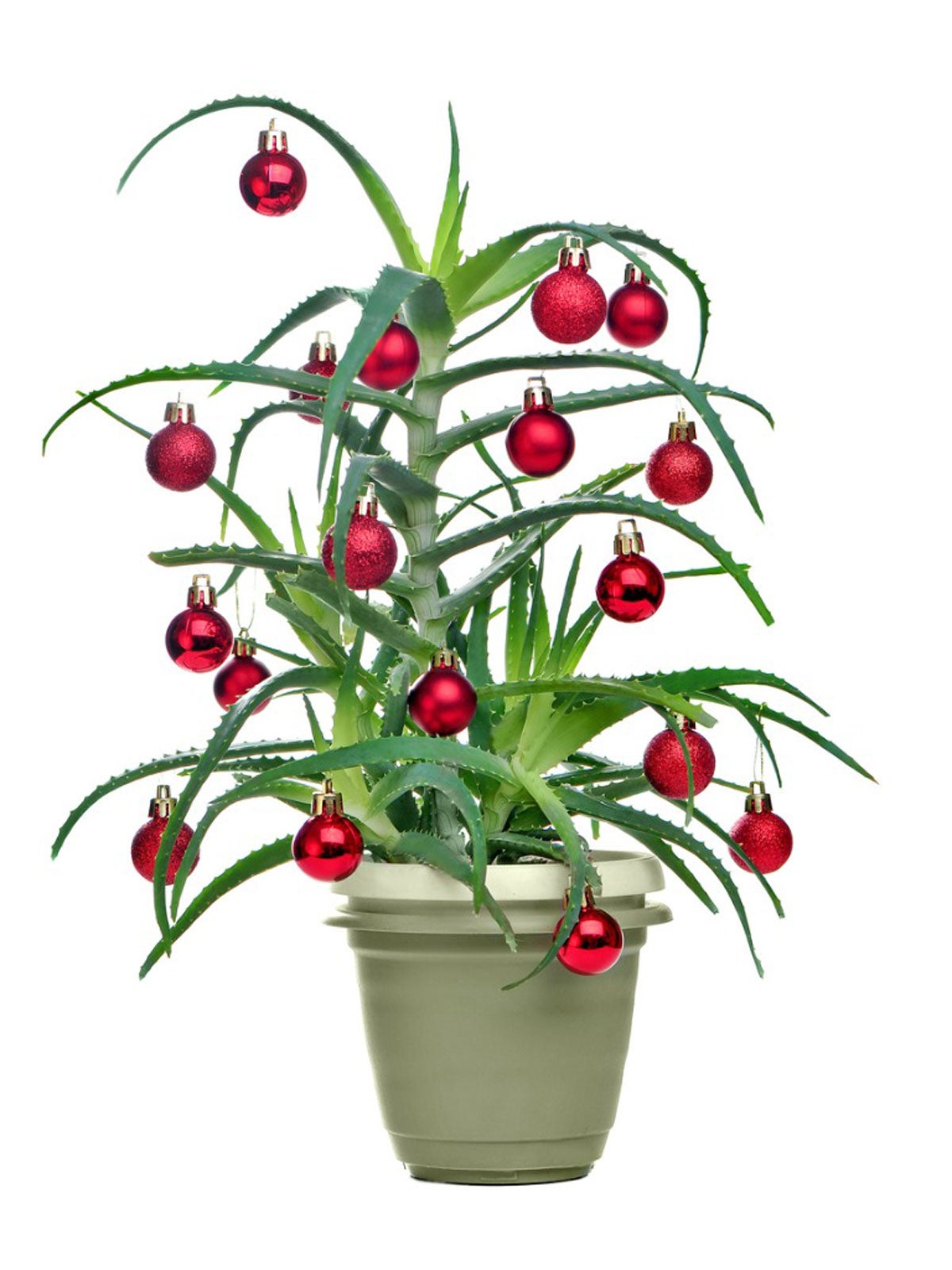 Unusual Christmas Trees: Growing Christmas Tree Alternatives
Unusual Christmas Trees: Growing Christmas Tree AlternativesUsing different plants for Christmas trees can be creative and fun. Ready to try unconventional Christmas trees? Click here.
By Teo Spengler
-
 Harvesting Christmas Trees – When’s The Best Time To Cut A Christmas Tree
Harvesting Christmas Trees – When’s The Best Time To Cut A Christmas TreeHarvesting Christmas trees in the wild used to be the only way people obtained trees for the holidays. If you want a little adventure and some fresh air, then cutting your own Christmas tree can be a lot of fun. Learn more in this article.
By Karen Boness